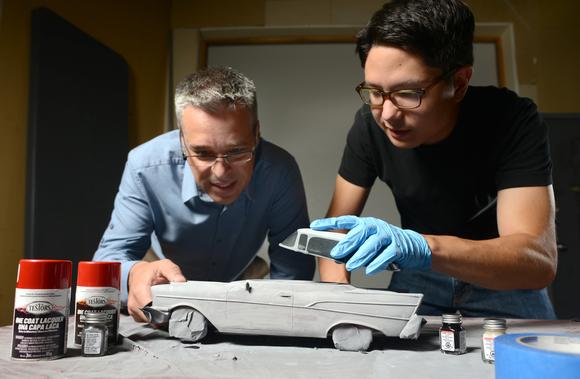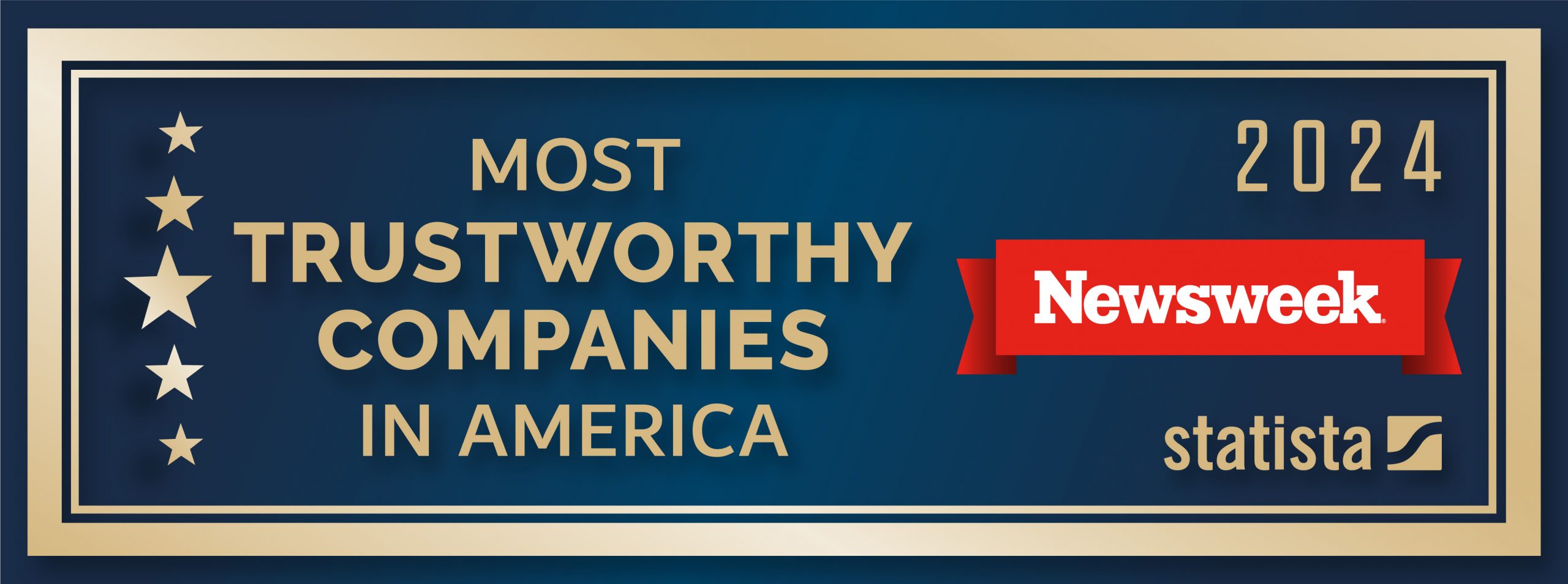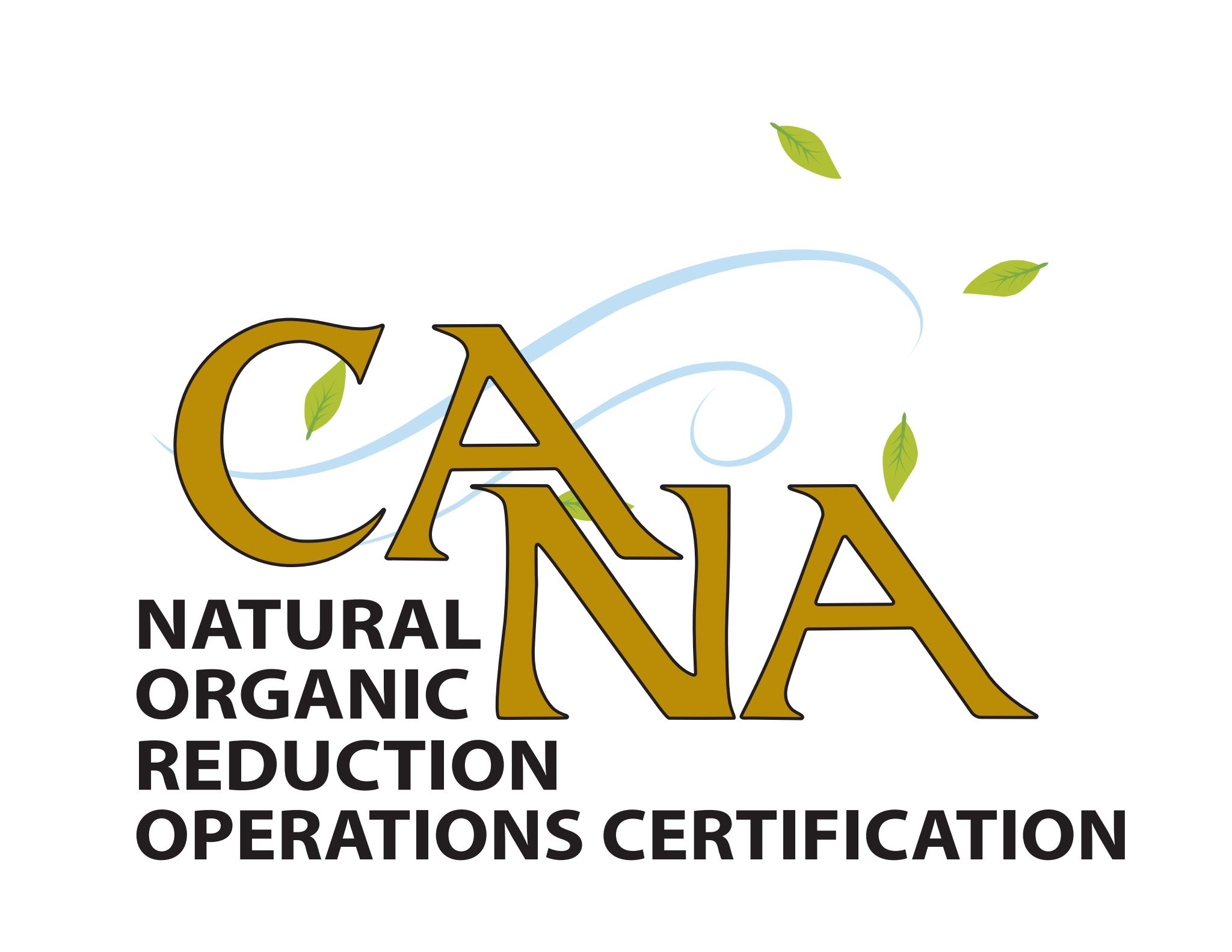Foreverence Brings 3-D Printing to Funeral Profession Through Amazing Custom Urns
An Eden Prairie, Minn., company hopes to bring innovation to the funeral industry by giving families more creative options to remember their loved ones.
Foreverence began making one-of-a-kind cremation urns using 3-D printers about three months ago. It can design an urn in just about any shape, ranging from ballet slippers to fedoras, pianos and cars. The urns typically cost about $2,500. Foreverence is on track to make $500,000 this year and hopes to hit $3.3 million by its third year.
The process allows families to create urns that capture the memory of their loved one, co-founder Pete Saari said. “It’s literally having a conversation with a family that suffered a loss to say, ‘What is symbolic of the way that person lived their life? What is a form of passion for them? What is something that was a hobby or interest of theirs?’ The conversation is around legacy — what was meaningful to that person, what’s meaningful for the family.”
When Bob Casale from the band Devo died in 2014, for example, Foreverence made two custom urns for his family in the shape of the red dome hat from the group’s “Whip It!” music video.
Some families reach out to Foreverence with an idea of what they’d like the urn to look like, and others work with the company’s six employees to come up with a plan.
Making an urn takes about nine hours in the 3-D printer, followed by about eight to 12 hours of painting and finishing, said Noah Miwa, one of Foreverence’s two designers. The urns are typically made with a ceramic composite; metal versions are available, but more expensive.
Foreverence hopes to capture a market that hasn’t seen much innovation over the years, as most funeral services are planned the same way. Saari said he hopes to change that — a goal that’s coming at a good time.
The cremation rate in Minnesota last year was about 55 percent and is set to increase about 2 percent each year, according to recently released statistics from theCremation Association of North America. The nationwide rate was about 45 percent in 2013.
The shift towards cremation seems to be generational as more people consider the costs of coffins or seek to leave a smaller footprint. Saari said.
Barbara Kemmis, CANA’s executive director, said being able to personalize a memorial also is one of the main reasons people choose cremation, and they may look to Foreverence for a product that’s even more unique.
“It’s an important part of the grieving process; there’s no cookie-cutter step to do this, do that. We see people really want to have a personalized experience that reflects their loved one and allows them to come together in their own way,” Kemmis said.
Funeral directors also have worked with Foreverence to pitch the more creative option to their clients.
Michael Nicodemus, the vice president of cremation services for the National Funeral Directors Association, said a company like Foreverence is appealing because it lets families be more in charge.
“The idea that this is our urn and can’t be duplicated, I think families would like that,” Nicodemus said. “You want people to look at it like it’s a beautiful piece of art.”
Closer Look
- Company: Foreverence
- Co-founders: Pete Saari and Wally Danielson
- Headquarters: Eden Prairie
- Employees: Six
- 2014 revenue (est.): $500,000
- 2017 revenue (est.): $3.3 million
- Web: foreverence.com
[H/T: BizJournals]




